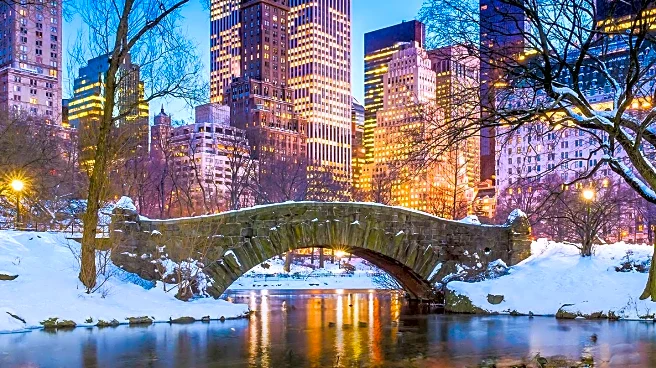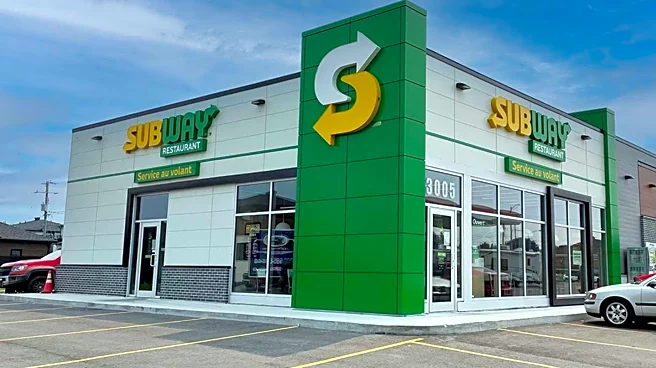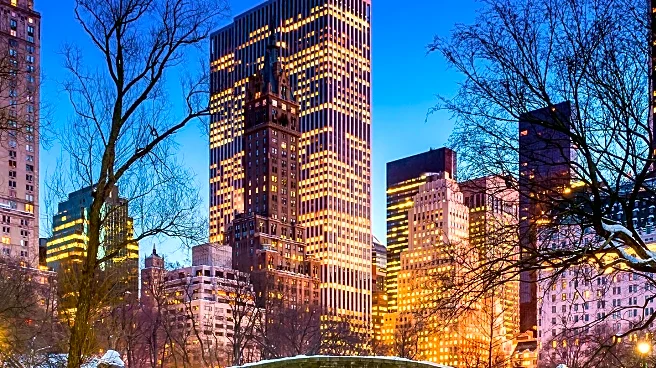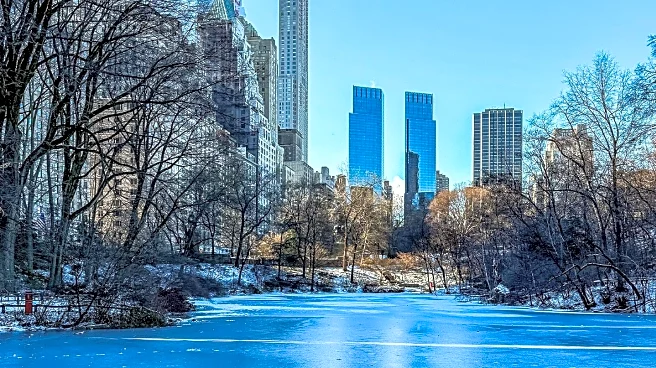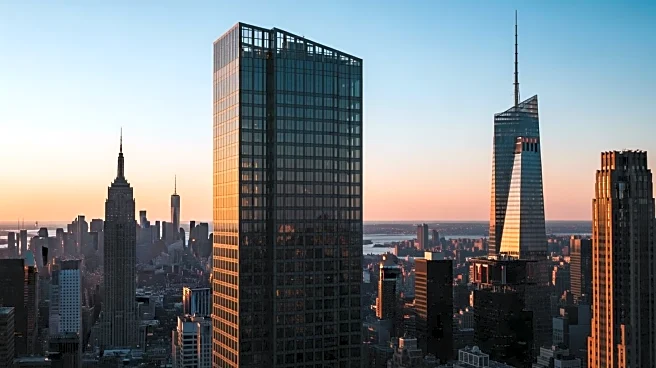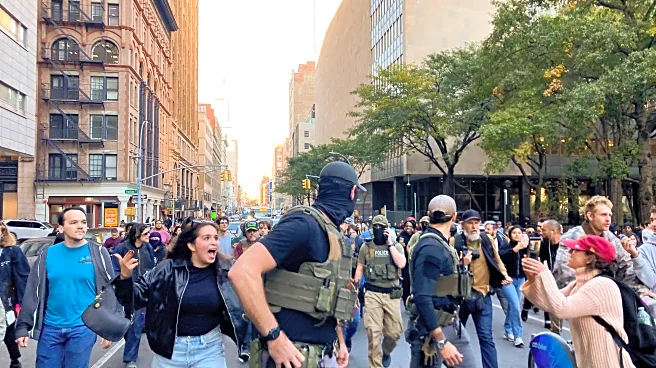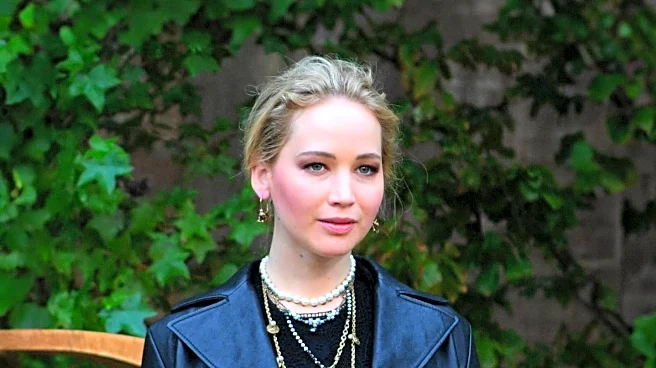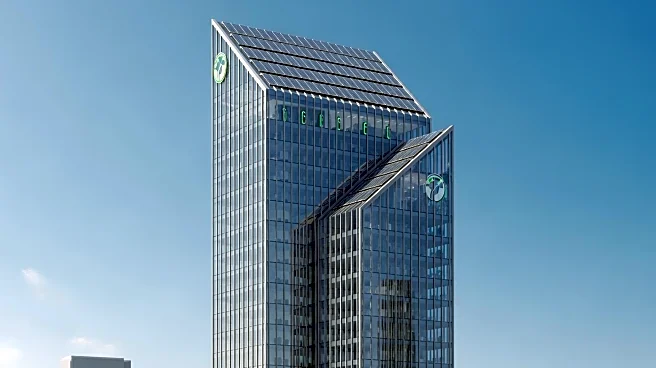What's Happening?
The Bank of America Winter Village at Bryant Park has officially opened for the 2025-2026 holiday season, providing a festive destination for both tourists and locals. The village features a holiday market with over 190 merchants, a free admission ice
skating rink, and a food hall. The holiday market operates daily from October 24 through January 4, 2026, with varying hours on weekdays and weekends. The ice skating rink, the largest free admission rink in New York City, is open daily from 8 a.m. to 10 p.m., extending to midnight on weekends and holidays. The rink will remain open until March 1, 2026.
Why It's Important?
The opening of the Bryant Park Winter Village is a significant event for New York City, as it attracts numerous visitors, boosting local tourism and commerce. The holiday market provides a platform for small businesses and artisans to showcase their products, contributing to the local economy. The free admission ice skating rink offers an accessible recreational activity for families and individuals, enhancing community engagement and holiday spirit. This annual event is a staple in New York's holiday celebrations, drawing both domestic and international tourists, which can positively impact the city's hospitality and retail sectors.
What's Next?
As the holiday season progresses, the Bryant Park Winter Village is expected to see increased foot traffic, especially during weekends and holidays. Local businesses and vendors participating in the holiday market may experience heightened sales, benefiting from the influx of visitors. The event's success could influence future planning and expansion of similar holiday attractions in the city. Additionally, the extended hours of the ice skating rink during December may lead to more community events and gatherings, further promoting the festive atmosphere.
Beyond the Headlines
The Bryant Park Winter Village not only serves as a holiday attraction but also plays a role in cultural and social dynamics within New York City. It provides a space for diverse communities to come together, fostering inclusivity and shared experiences. The event's emphasis on free admission activities highlights the city's commitment to accessible public spaces, promoting social equity. Long-term, the success of such events can encourage urban planners to integrate more community-focused initiatives in city development.
